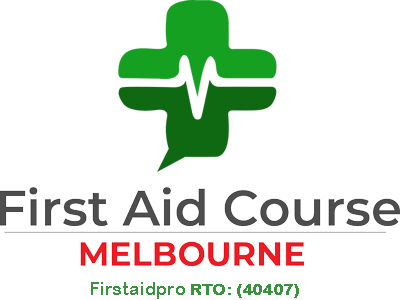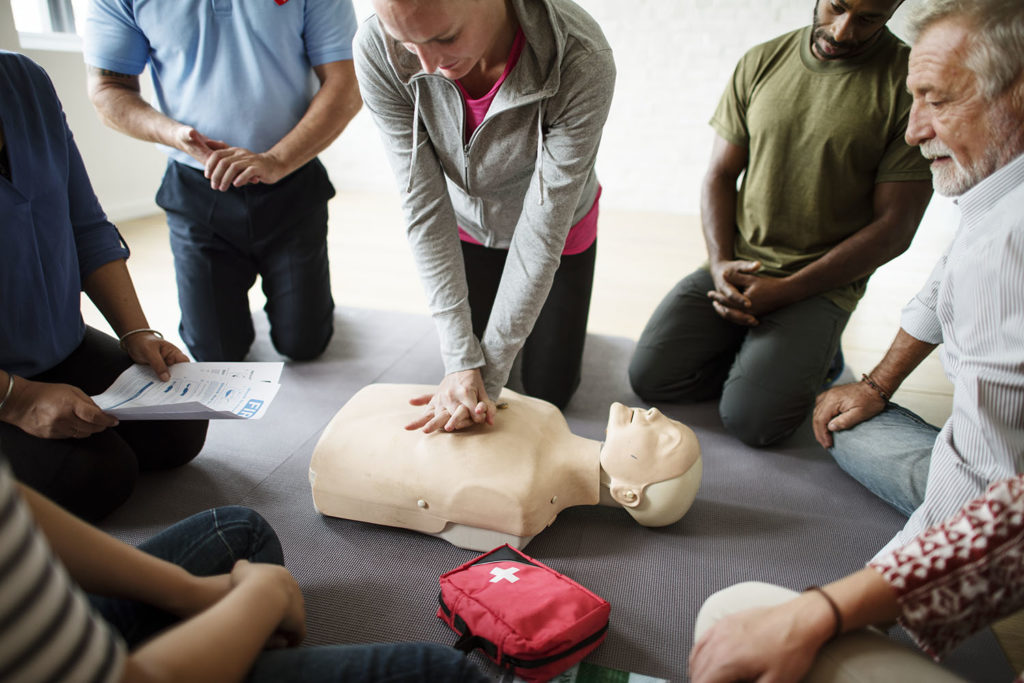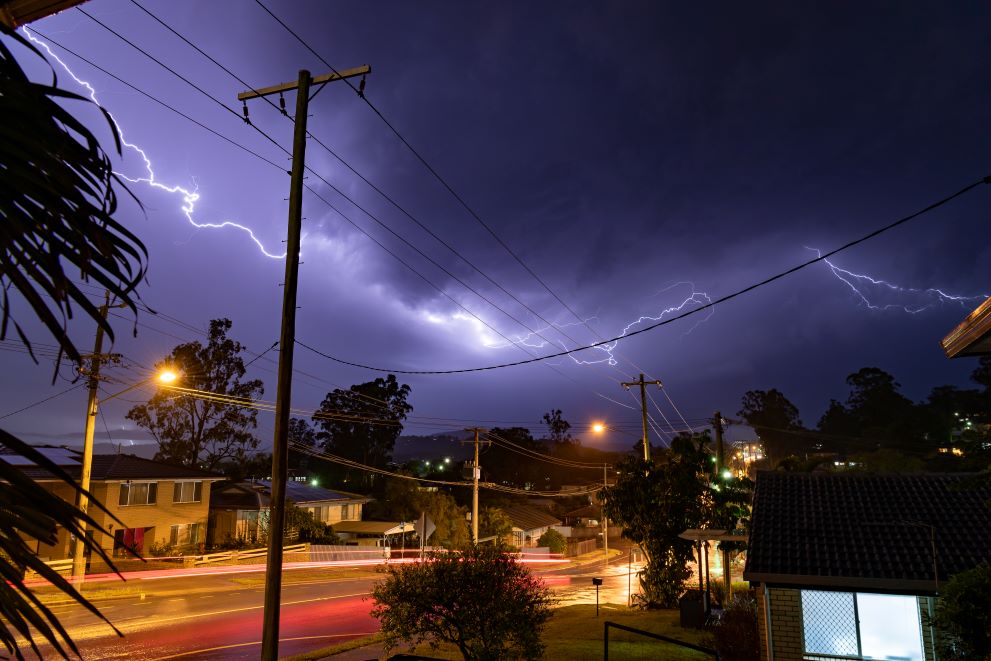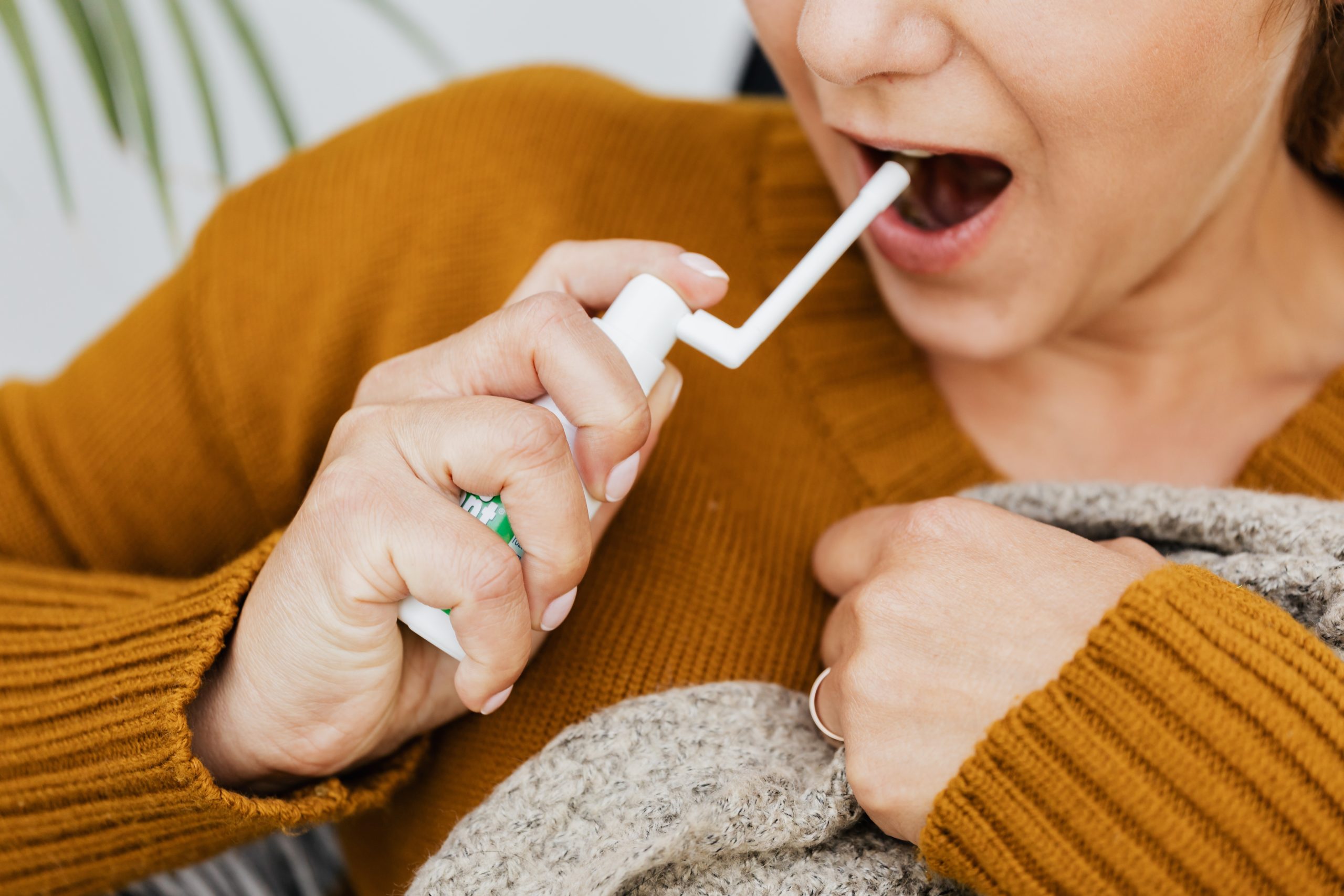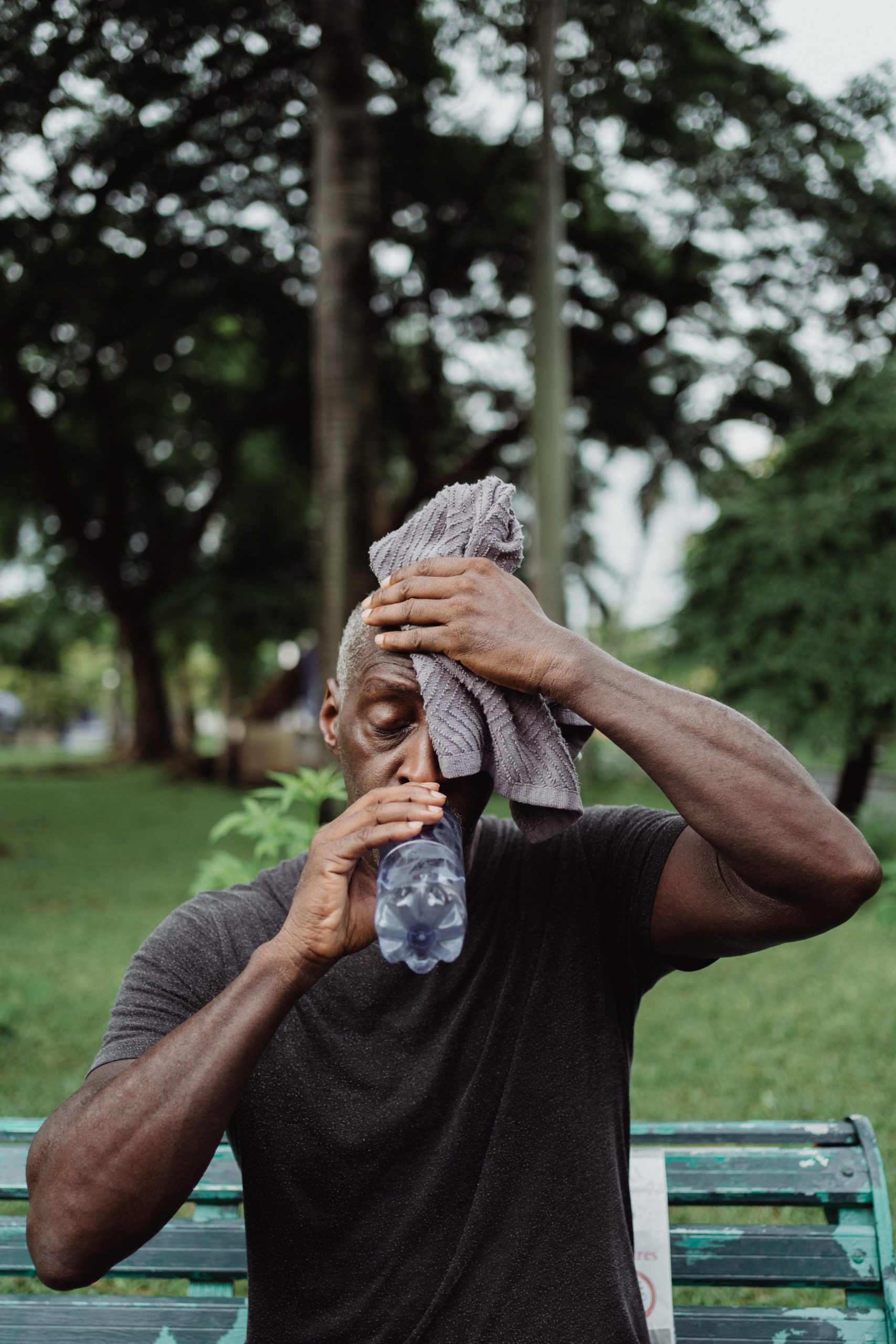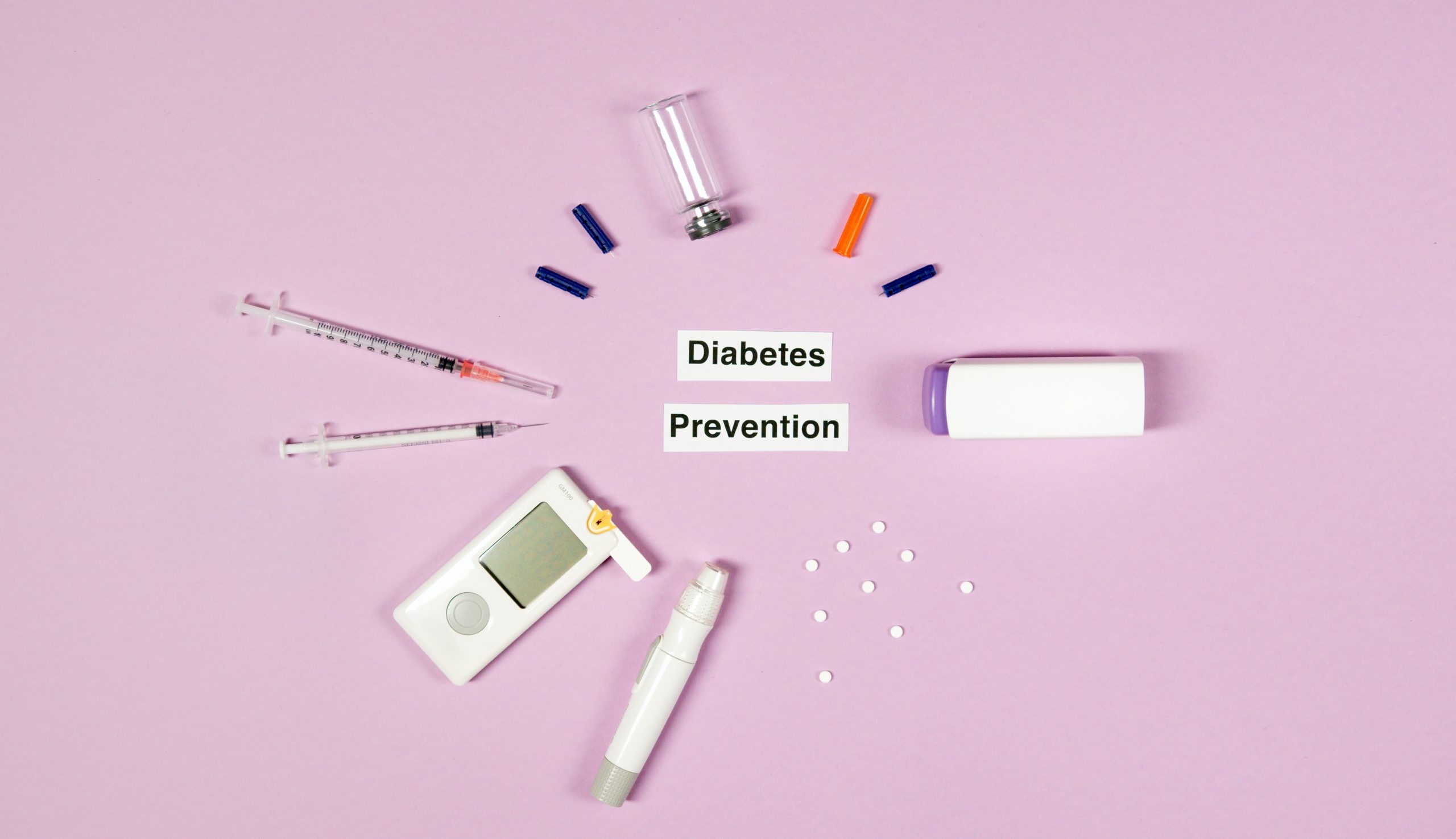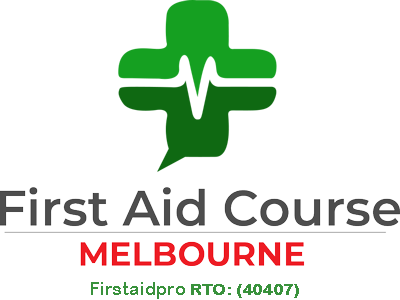First aid is emergency care immediately given to an injured or ill person. Providing first aid is a simple skill that can have an incredibly positive impact – from providing basic care and reassurance to saving lives. First aid encompasses a wide range of help, from treating a simple wound to performing CPR and defibrillation.
All workplaces and organisations, both public and private, must have a first aid officer. Although the number of first aiders required depends on the number of members or employees in an organisation.
If you are considering becoming a first aid officer, this blog will highlight some information about the role, including the responsibilities of a first aider and the desirable qualities a first aider should have.
Role of a First Aider
A first aid officer is an essential part of any organisation. Your primary role is to provide immediate lifesaving care before the arrival of further medical care. This could include performing basic first aid procedures, including:
- Placing an unconscious casualty into the recovery position
- Incident Management and Casualty Safety
- Perform cardiopulmonary resuscitation (CPR)
- Use of automated external defibrillators (AED)
- Stopping the bleeding using pressure and elevation
- Keeping a fractured limb still
Responsibilities of a First Aider
As the person responsible for taking actions to keep everyone involved safe, it is crucial to follow the actions and guidelines based on the responsibilities of a first aider. We outline seven of them below:
1. Assess the situation in a timely manner
A good first aider should get a full picture and understanding of what happened by carefully assessing the situation in a timely manner. This involves determining whether someone is in imminent danger, the cause of the emergency, and the number of affected casualties.
2. Stay calm, reassure, and take charge
A calm, considerate response from a first aid officer is what is needed in an emergency. This engenders trust and respect from the casualty and those people around you. Staying calm is also fundamental to giving aid to the casualty and receiving information from the casualty effectively.
3. Protect yourself or any casualties from danger
This also applies to the bystanders around the emergency scene. Never put yourself at risk. Otherwise, you won’t be able to help others if you are injured yourself. Only move the casualty if leaving them would cause more harm.
If you are unable to secure scene safety, call 000 for emergency help.
4. Prevention infection
Prevent cross-contamination between you and the casualty as best as possible. Wear disposable gloves or wash your hands immediately after interaction with the casualty. And avoid coughing or sneezing while applying first aid to avoid contamination.
5. Assess the casualty
Identify the injury or nature of illness affecting a casualty as best as you can. Give early treatment, attend to the casualties with the most serious (life-threatening) conditions first.
6. Provide First Aid Treatment
Until the EMS or emergency medical services are on the scene, you need to provide all the care needed by the casualty. This may include CPR application for airway obstruction and the use of AED to relieve shock and other heart-related emergencies.
7. Arrange for appropriate help
Dial Triple Zero 000 (Australian Emergency Number) if you suspect serious injury or illness. Take the casualty to the nearest hospital into the care of a healthcare professional or to a higher level of medical care.
Qualities of A Good First Aider
- Excellent communication skills
- Calm and ability to work under pressure
- Initiative and leadership
- Team player
- Positive and selfless
- and more importantly, Properly Trained
To become a fully competent first aid officer, you must complete the first-aid certificate from a registered training provider and receive first aid certification.
First Aid Training will give you all the knowledge and confidence you need to help someone in an emergency. It will also teach you skills and provide tools to apply first aid intervention and ensure the continuing safety of the casualty, the bystanders, and yourself.
